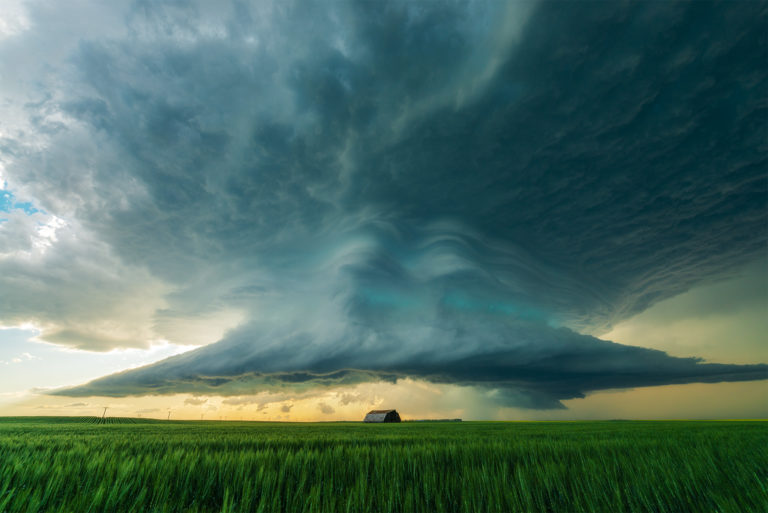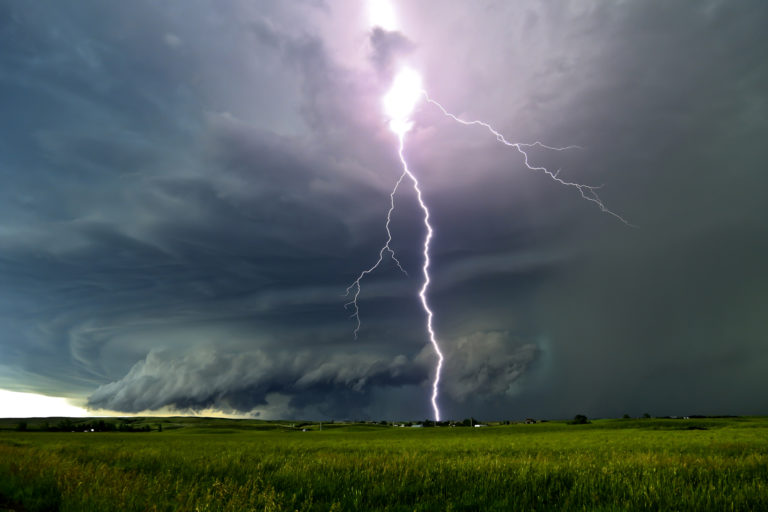Storm chasing can be an exhilarating and rewarding experience for those passionate about weather phenomena. However, it’s crucial to prioritize safety and responsibility when embarking on such adventures. In this guide, we’ll explore the essential tips and practices for storm chasing safely.
Before heading out to chase storms, take the time to educate yourself about meteorology and storm dynamics. Understand the different types of storms, such as supercells, squall lines, and tornadoes, and learn to interpret weather forecasts and radar imagery effectively. If you’re serious about storm chasing and want to do so safely, we recommend the Spotter Network training as an introduction to thunderstorms, their life cycle, and the potential hazards you could encounter.
Always plan your storm chasing trips well in advance. Monitor weather forecasts from reliable sources and identify potential target areas for storm development. Have a detailed route plan, including alternative routes and safe shelter options along the way. In some areas, the road network is far from ideal. You must know the potential obstacles that a road network could present while storm chasing BEFORE you are chasing. You can put yourself at unnecessary risk when you haven’t planned ahead and could find yourself trapped in an area without an escape route with a dangerous supercell thunderstorm approaching.


Equip yourself with the necessary gear and supplies for storm chasing. This includes a reliable vehicle capable of handling adverse weather conditions that has a full tank of gas and extra fuel. There are often few open gas stations in the evening where we chase; you don’t want to be stranded on the side of the road in the middle of nowhere. You’re going to need access to real-time radar imagery like Radarscope or RadarOmega. General weather apps like the Weather Network show delayed radar imagery and aren’t nearly accurate enough to chase safely with. Additionally, GPS navigation system, first aid kit, food, water, and emergency supplies.
Supercell thunderstorms can be dangerous, even life-threatening to those in their path. While chasing you could encounter emergencies where high winds, lightning, or tornadic activity have caused destruction and possibly physical injury to others. While we recommend waiting for professional emergency response teams to respond to these kinds of situations, having up-to-date First Aid training could be the difference between life and death for someone while you wait for emergency teams to arrive.
Prioritize safety above all else during storm chasing expeditions. Never put yourself or others in harm’s way to get a better view or photograph of a storm. Maintain a safe distance from the storm, and never attempt to outrun or intercept a tornado (unless your name is Reed Timmer and you’re in a vehicle like The Dominator, fully equipped to handle those kinds of wind speeds). Always know the direction the storm is travelling and have escape routes planned to take you away from the storm in case conditions deteriorate rapidly.
While it might seem like the most dangerous thing in storm chasing is the storm itself, that’s simply not the case. The greatest danger lies in those reckless few who take lots of risks and have little to no scientific training. Most recent storm chaser deaths and injuries are not a result of tornadoes or lightning as one would expect, they are usually a result of reckless, or inattentive driving resulting in collisions. Always pay attention to road conditions, especially when you’re near/in a storm as they can deteriorate quickly and obey the appropriate traffic laws.
Stay informed about the latest weather updates and warnings while on the road. Monitor mobile weather apps, and local news stations for real-time information about storm developments and potential hazards in your area.
As with the above, it can be difficult for one person to stay up-to-date on watches/warnings, radar, navigation, and changing forecasts while also remaining focused on the road. We usually recommend chasing with someone so distracted driving isn’t as large of a risk. One can navigate and monitor the weather conditions, the other can remain focused on driving.
Respect private property and adhere to local laws and regulations while storm chasing. Seek permission before entering private land to observe storms, and always stay on public roads whenever possible. Avoid trespassing or causing damage to crops, fences, or other property.
Practice environmental stewardship by minimizing your impact on the natural landscape while storm chasing. Avoid littering or leaving behind any trace of your presence and be mindful of sensitive ecosystems and wildlife habitats in the areas you visit.
Consider learning from experienced storm chasers or joining reputable storm chasing tours to gain valuable knowledge and insights about safe storm chasing practices. Experienced chasers can provide valuable mentorship and guidance for navigating challenging weather conditions safely. Consider joining us for one of our upcoming tours. We spend time educating you about meteorology, storm dynamics, forecasting, reading radar, and then we hit the road and you get to experience how experienced storm chasers chase storms safely while putting you in position for incredible photographs.
UNFORGETTABLE EXPERIENCES, WORLD-CLASS INSTRUCTORS, LIVING SKIES, AND AWE-INSPIRING LANDSCAPES
Storm chasing can be an exciting and educational pursuit for weather enthusiasts and photographers alike, but it’s essential to approach it with caution and respect for the power of nature. By educating yourself, planning ahead, prioritizing safety, and practicing responsible behaviour, you can enjoy the thrill of storm chasing while minimizing risks to yourself and others.